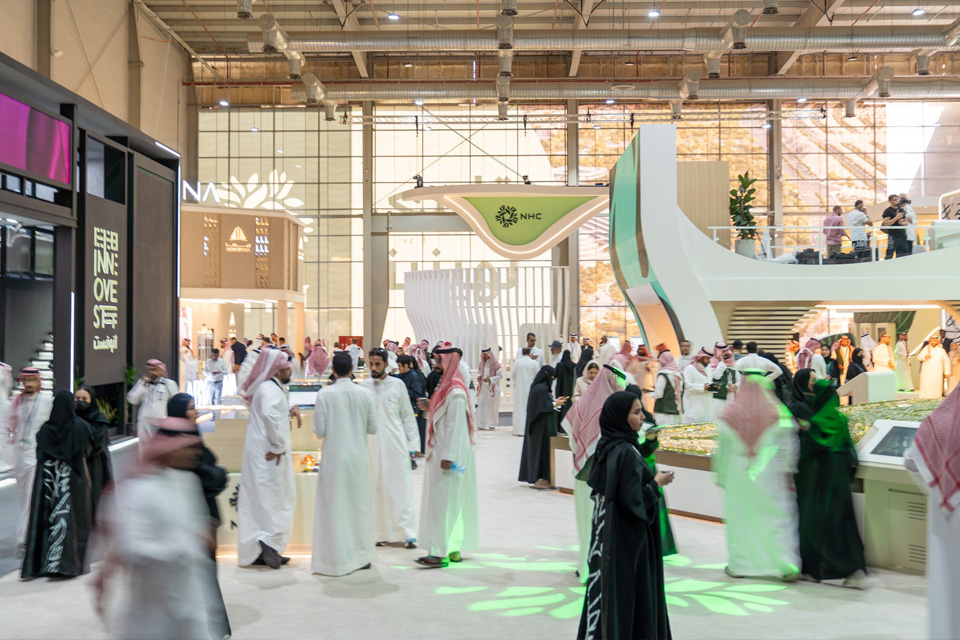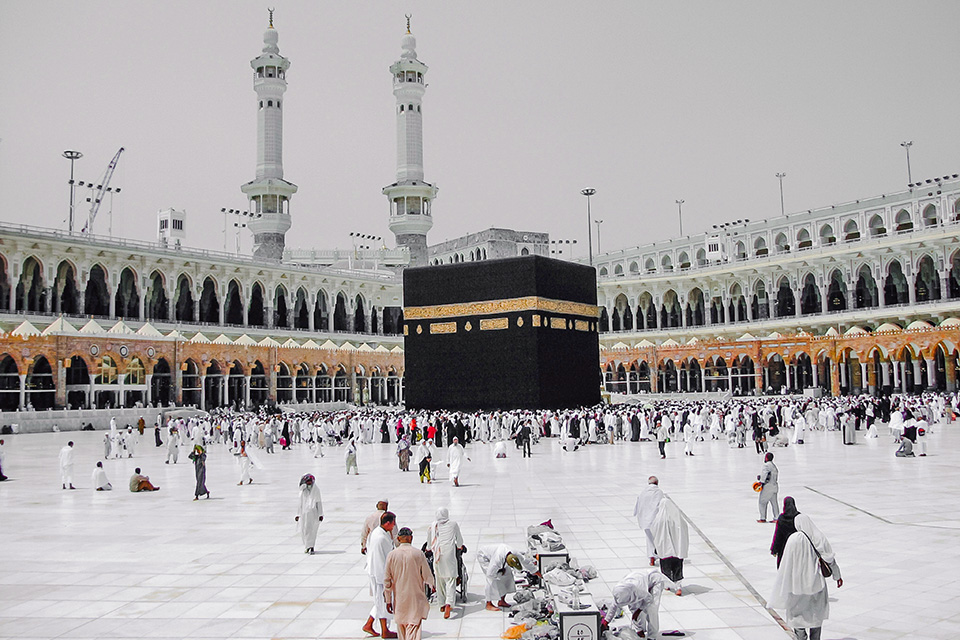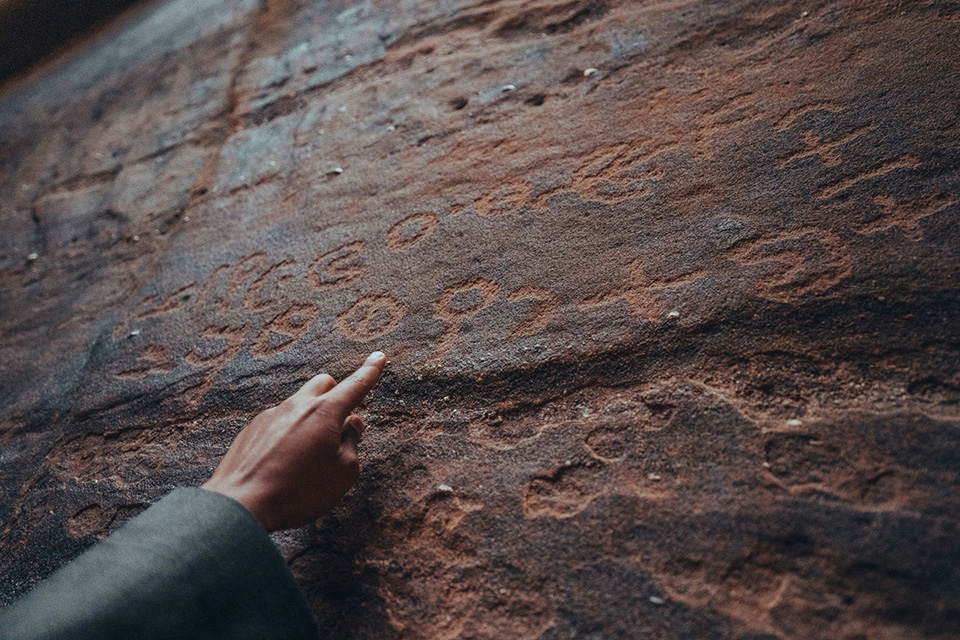- News
Largest Sea Turtle Nesting Site Discovered in Red Sea
As prey and predator, preserving the Red Sea's largest sea turtle nesting site is critical to helping maintain a stable marine ecosystem.
Article Summary:
- The Saudi General Organization for the Conservation of Coral Reefs and Marine Turtles in the Red Sea (SHAMS) has announced the discovery of the largest sea turtle nesting site in the Red Sea.
- The site is home to more than 2,500 green and hawksbill sea turtle nests.
- The discovery underscores Saudi Arabia’s commitment to protecting its marine ecosystems, in line with the broader Vision 2030 goal and Saudi Green Initiative.
Amid marine conservation efforts, Saudi Arabia announced the discovery of the largest sea turtle nesting site in the Red Sea. Specifically, the nesting site is at the Four Sisters Islands of Marmar, Dahreb, Malathu, and Jadir. Moreover, this discovery holds great significance for biodiversity in the region and the protection of endangered species.
Sea turtles’ important role
The Red Sea’s largest sea turtle nesting site is home to over 2,500 nests, primarily of green and hawksbill turtles. The International Union for Conservation of Nature (IUCN) has classified both species as endangered.
What’s fascinating is that the sea turtles return to the same nesting sites yearly, further supporting preservation efforts. Apart from the green and hawksbill turtles, loggerhead, olive ridley, and leatherback also call the Red Sea home.
Sea turtles play critical roles such as maintaining healthy seagrass beds and transporting nutrients across marine ecosystems. Their shells also serve as habitat for small organisms like barnacles and algae. Moreover, they promote food web balance. Throughout a sea turtle’s life, it serves various purposes as both prey and predator. With intact sea turtle populations comes a more stable ecosystem.
In addition, the Saudi General Organization for the Conservation of Coral Reefs and Marine Turtles in the Red Sea (SHAMS) notes that the discovery highlights Saudi Arabia’s commitment to preserving its marine biodiversity.
Protecting the largest sea turtle nesting site
According to SHAMS CEO Dr. Khaled Ishafani, the organization has identified the Four Sisters Islands as a species management area. Hence, this prompts the action of concerned bodies to protect the largest sea turtle nesting site in the Red Sea. The Saudi Press Agency has noted plans to convert 30% of Saudi land and sea into nature reserves by 2030.
“These islands are essential habitats for endangered turtle species in the Red Sea, including the green turtle and the critically endangered hawksbill turtle,” explained Dr. Ishafani. “Protecting these sites is vital for the survival of these species, given that they return to these same nesting grounds each year.”
Environmentalists regard this discovery as a landmark in regional conservation efforts. Nesting sites like these contribute significantly to biodiversity and promote a balanced marine ecosystem. Not only does the protection of these habitats benefit sea turtles, but it also supports various other species that depend on a healthy marine environment.
Long-term impact
The announcement aligns with Saudi Arabia’s Vision 2030 and the Saudi Green Initiative, both emphasizing environmental preservation and sustainable development. According to the Saudi Ministry of Environment, Water, and Agriculture, protecting biodiversity forms a key pillar of the Saudi Green Initiative, aiming to balance development with ecological sustainability.
The discovery could also benefit Saudi Arabia’s tourism sector. The Red Sea’s largest sea turtle nesting site could boost eco-tourism, enhancing the economy while promoting marine conservation awareness. If the government manages the nesting sites responsibly, eco-tourism will support local livelihoods and sustainable practices.
Moving forward, SHAMS is developing a plan to protect over 180 beach nesting sites along Saudi Arabia’s Red Sea coast.






